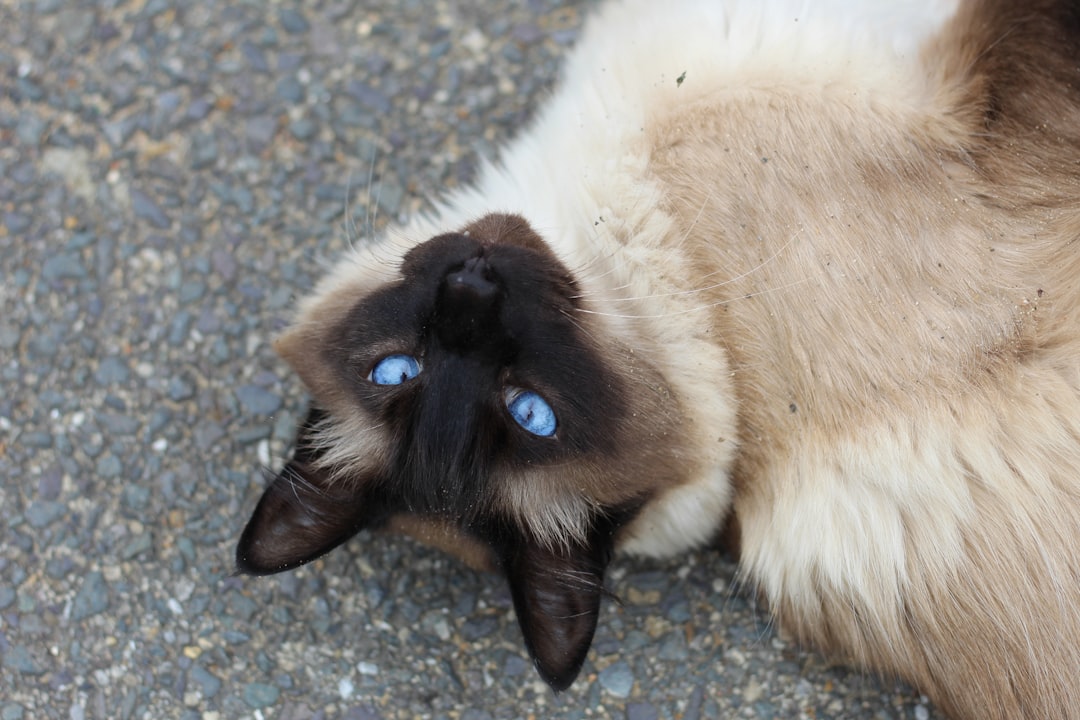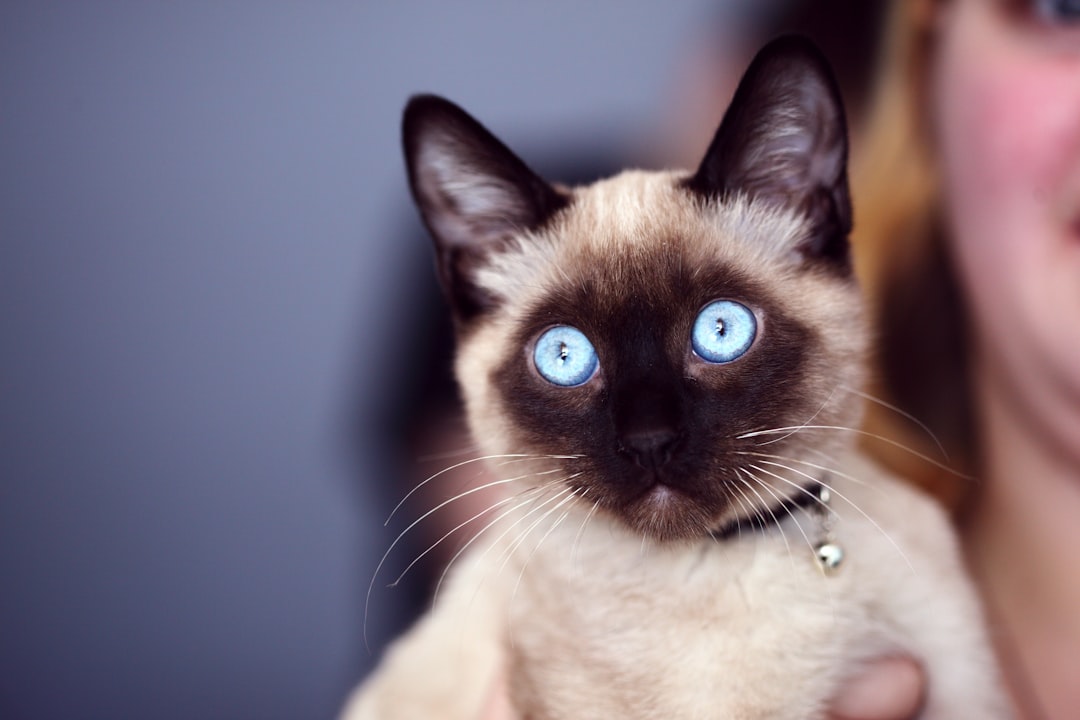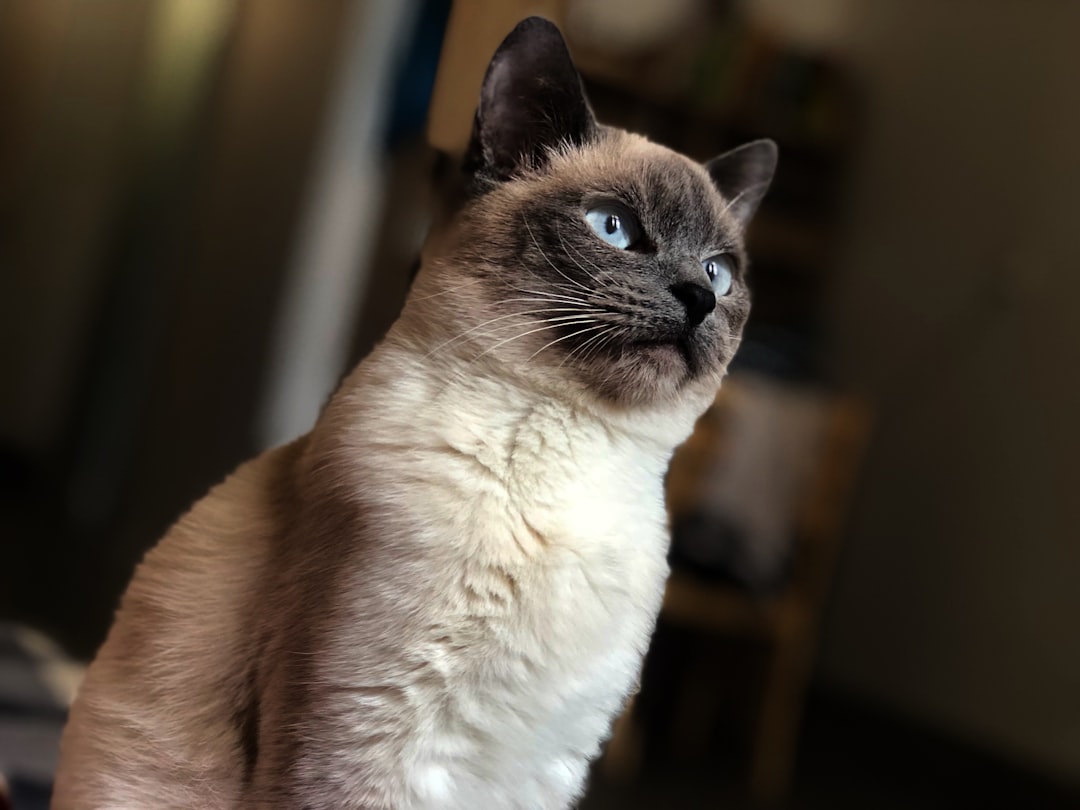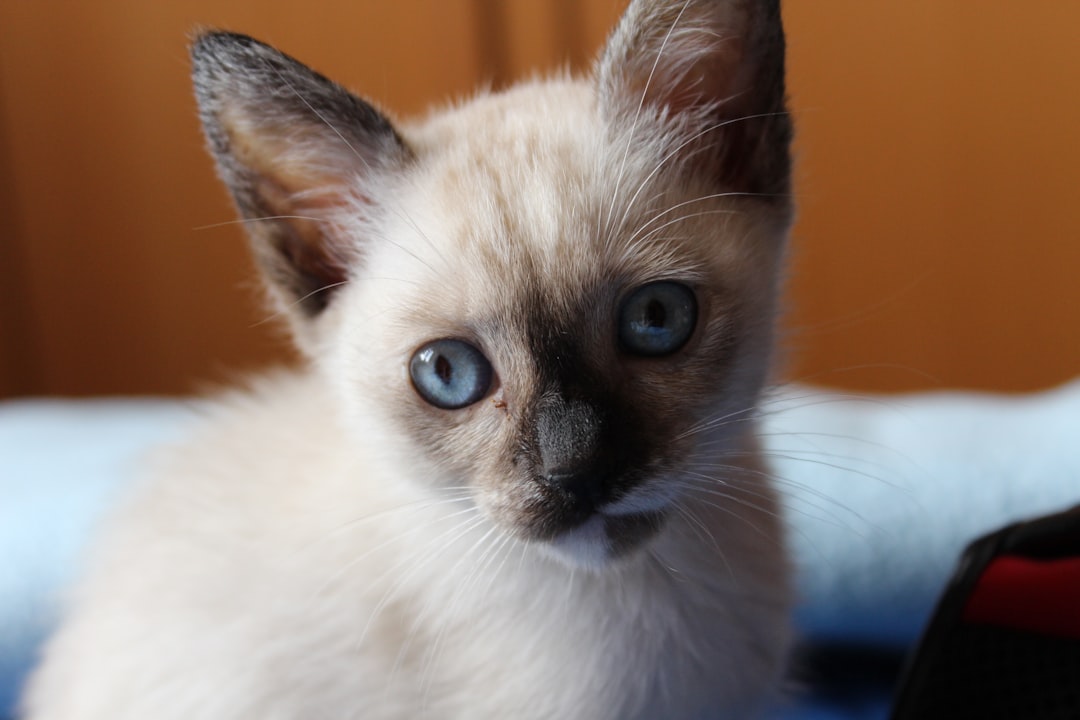When it comes to choosing the right diet for your feline friend, understanding the various types of dry cat foods can be crucial. Dry cat foods offer unique nutritional benefits, making them a popular choice among pet owners. These formulations not only support overall health but also provide practical advantages such as convenience and shelf stability. As we dive deeper into this guide, we will explore the benefits, ingredients, and even life stage considerations associated with dry cat foods, ensuring you make informed decisions for your pet’s dietary needs.
Types of Dry Cat Food Formulations
When it comes to dry cat foods, formulations vary significantly to cater to different needs and preferences. Here are the main categories:
Regular Dry Cat Foods: These are all-purpose formulas suitable for healthy adult cats. They provide balanced nutrition, typically containing moderate protein and fat levels.
Grain-Free Dry Cat Foods: Ideal for cats with grain sensitivities, these formulas utilize alternative sources like potato or chickpeas to provide carbohydrates without grains.
Weight Management Dry Cat Foods: These options contain reduced calories and higher fiber to help overweight cats maintain a healthy weight while feeling full.
Indoor Cat Dry Foods: Formulated specifically for indoor cats, these foods often contain fewer calories and a blend of fiber to aid digestion and prevent hairballs.
Senior Cat Dry Foods: Tailored for older cats, these formulas often have enhanced protein levels and added joint support to promote overall health.
Kitten Dry Foods: These formulations have higher calorie content and essential nutrients to support the growth and development of kittens.
By understanding these types of dry cat foods, you can make an informed choice that best suits your feline companion’s unique lifestyle and health requirements.

Nutritional Benefits of Dry Cat Food
Dry cat foods offer several vital nutritional benefits that cater to the health and well-being of your feline friend. Here’s what you need to know:
High Protein Content: Most dry cat foods contain high levels of animal protein, which is essential for muscle development and overall growth.
Balanced Nutrients: These foods are typically formulated to provide a balance of proteins, fats, and carbohydrates, fulfilling a cat’s dietary needs.
Dental Health: The crunchy texture of dry cat foods helps reduce plaque and tartar buildup, promoting better dental hygiene.
Convenience and Storage: Dry cat foods are shelf-stable, making them easy to store and handle compared to wet varieties.
Comparison of Nutritional Aspects:
| Benefit | Dry Cat Foods | Wet Cat Foods |
|---|---|---|
| Protein Source | Typically higher | Generally lower |
| Moisture Content | Low (approx. 10%) | High (approx. 75%) |
| Caloric Density | High | Lower |
| Shelf Life | Long | Short |
Considering these factors, dry cat foods can play a crucial role in maintaining your cat’s health and diet stability. A balanced choice ensures that your pet receives the nutrition they need while enjoying the crunch they love.
Comparing Dry Cat Food Brands
When selecting dry cat foods, it’s essential to compare different brands to ensure you choose the best option for your feline friend. Below are key factors to consider:
Nutritional Content: Look for high-quality protein sources, balanced fats, and essential vitamins and minerals. Brands vary widely, so check the label for meat sources and overall nutrition.
Ingredients Quality: Premium brands often use real meat ingredients, while others may rely on fillers. Ensure the first ingredient is a protein source.
Customer Reviews: Read feedback from other cat owners. Reviews can shed light on palatability and how cats react to various brands.
Price: While pricier brands might offer superior quality, there are also cost-effective options that provide good nutrition.
Brand Comparison Table:
| Brand | Protein Source | Price Range | Customer Rating |
|---|---|---|---|
| Brand A | Chicken | $$ | 4.5/5 |
| Brand B | Fish | $$$ | 4.0/5 |
| Brand C | Lamb | $ | 3.5/5 |
In conclusion, thoroughly examining these aspects will help you choose the right dry cat foods that cater to your cat’s needs and preferences.
Understanding Ingredients in Dry Cat Food
When selecting dry cat foods, it’s essential to evaluate their ingredients, as these directly affect your cat’s health and nutrition. Here’s what to consider:
Protein Sources: Look for named sources like chicken, turkey, or fish as the primary ingredients. They should ideally be the first on the ingredient list.
Fats: Healthy fats, such as chicken fat or fish oil, provide vital energy and support skin and coat health.
Carbohydrates: While cats primarily need protein, some carbohydrates like brown rice or sweet potatoes can offer necessary energy. Avoid excessive fillers like corn and wheat.
Vitamins and Minerals: Ensure that the dry cat food is enriched with essential vitamins (like A, D, E) and minerals (such as calcium and phosphorus) to support overall health.
Preservatives: Choose dry cat foods with natural preservatives like tocopherols rather than artificial ones for a healthier option.
By understanding these ingredients in dry cat foods, you can make an informed decision that keeps your feline friend happy and healthy.

Life Stage Considerations in Dry Cat Food
When selecting dry cat foods, it’s crucial to consider your cat’s life stage. Different ages require distinct nutritional needs. Here’s a breakdown of the key categories:
Kittens: They need high-protein, high-calorie dry cat foods to support rapid growth. Ingredients should include DHA for brain development and essential vitamins for overall health.
Adults: Adult cats benefit from balanced nutrition that maintains a healthy weight and provides energy. Look for dry cat foods rich in meat protein and low in carbohydrates.
Seniors: Older cats often require less caloric intake with easily digestible dry cat foods. These should include joint-supportive nutrients and antioxidants to promote longevity.
Quick Comparison Table
| Life Stage | Nutritional Focus | Key Ingredients |
|---|---|---|
| Kittens | Growth & Development | High protein, DHA |
| Adults | Maintenance & Energy | Balanced protein, low carbs |
| Seniors | Health & Mobility | Joint support, antioxidants |
Choosing the right type of dry cat foods for each life stage ensures your feline friend remains healthy and active throughout their life. Always consult with a veterinarian to tailor your cat’s diet appropriately.
Specialty Dry Cat Foods for Health Needs
When it comes to your cat’s dietary needs, specialty dry cat foods offer targeted nutrition for various health concerns. These formulations cater specifically to conditions like obesity, diabetes, allergies, and urinary tract health. Here’s a breakdown of some common types:
- Weight Management: Designed for overweight cats, these dry cat foods contain fewer calories but still maintain essential nutrients.
- Diabetes Control: Low in carbohydrates, these foods can help regulate blood sugar levels in diabetic cats.
- Allergy Relief: Hypoallergenic dry cat foods use novel proteins and eliminate common allergens.
- Urinary Health: These formulas promote a healthy urinary tract by ensuring proper hydration and pH balance.
Quick Comparison of Specialty Dry Cat Foods
| Health Concern | Key Ingredients | Key Benefit |
|---|---|---|
| Weight Management | High fiber, low fat | Supports weight loss |
| Diabetes Control | Low carb, high protein | Stabilizes blood sugar |
| Allergy Relief | Limited ingredient, novel protein | Reduces allergic reactions |
| Urinary Health | Controlled minerals | Prevents urinary crystals |
Choosing the right specialty dry cat food enhances well-being tailored to your cat’s unique health needs, ensuring they lead a happy, healthy life.
Cost-Effectiveness of Dry Cat Food
When considering pet nutrition, the cost of dry cat foods plays a significant role. Here are some key points highlighting their cost-effectiveness:
Long Shelf Life: Dry cat foods typically have a longer shelf life than wet options, reducing waste and minimizing repeated purchases.
Amount of Food: Dry foods usually contain more calories in a smaller serving size, meaning you can feed your cat less while still meeting their energy needs.
Bulk Purchasing: Many brands offer discounts when buying in bulk, allowing you to save substantially over time.
Less Expensive Ingredients: Dry cat foods often use less costly proteins compared to wet foods, which helps keep the production costs down.
Comparison Table: Costs of Dry vs. Wet Cat Foods
| Category | Dry Cat Foods | Wet Cat Foods |
|---|---|---|
| Average Cost per Meal | Lower | Higher |
| Shelf Life | Longer | Shorter |
| Purchase Options | Bulk discounts | Limited |
Ultimately, choosing dry cat foods not only supports your cat’s nutritional needs but also aligns well with budget-conscious pet owners.

Tips for Transitioning to Dry Cat Food
Transitioning your cat to dry cat foods can be a smooth process if you follow these simple tips:
Gradual Introduction: Start by mixing a small amount of dry cat foods with their current diet. Gradually increase the ratio of dry food over 7-10 days to allow your cat to adjust.
Monitor Preferences: Observe your cat’s reaction. If they seem hesitant, try different brands or flavors of dry cat foods to find one they enjoy.
Maintain Consistency: Feed at the same times daily to create a routine. Consistent feeding habits help your cat acclimate to the new diet.
Enhance Palatability: Consider adding a small amount of water or low-sodium broth to the dry cat foods to enhance flavor and encourage consumption.
Stay Patient: Some cats may take longer to adjust than others, so be patient and remain attentive to their needs.
By following these tips, you can help your feline friend transition to dry cat foods successfully and enjoy the benefits they bring.
Frequently Asked Questions
What are the different types of dry cat food available?
There are several types of dry cat food available on the market, each designed to cater to the varied dietary needs of cats. The main categories include general maintenance formulas, which provide a balanced diet for healthy adult cats; specialty formulas for specific health issues such as urinary tract health or weight management; and kitten formulas that are richer in calories and nutrients to support growth. Additionally, there are grain-free options that exclude traditional grains for cats with sensitivities, and high-protein formulas that focus on higher meat content for cats with meat-oriented diets.
What benefits do dry cat foods offer compared to wet cat foods?
Dry cat foods provide several benefits that make them a popular choice among pet owners. One of the primary advantages is their convenience; they have a longer shelf life than wet foods and do not require refrigeration once opened. They are also less messy, making cleanup easier. Furthermore, dry foods can aid in dental health as their crunchy texture can help reduce plaque and tartar buildup on a cat’s teeth. Additionally, dry food typically contains higher caloric density per serving, which can be beneficial for cats that are less active or need to maintain a specific weight.
How can I choose the right dry cat food for my pet?
Choosing the right dry cat food involves assessing your cat’s age, health status, and dietary preferences. It’s essential to select food formulated for your cat’s life stage, whether it be kitten, adult, or senior. Consult your veterinarian for advice on any specific health needs, such as food allergies or medical conditions. Look for foods with high-quality protein sources, appropriate fat content, and a balance of vitamins and minerals. Reading food labels for certification by pet food regulation organizations can also guide you in selecting high-quality products.
Is it safe to mix dry cat food with wet cat food?
Yes, it is generally safe to mix dry cat food with wet cat food, and many cat owners choose this approach to provide a balanced diet. Combining both types can give your cat the advantages of each; the wet food can provide additional moisture, which is beneficial for urinary tract health, while the dry food can offer crunchiness and convenience. However, it’s vital to ensure that you adjust portion sizes to avoid overfeeding. Transition slowly if introducing new foods to monitor your cat’s response and prevent digestive issues.



